Zongzi, a traditional Chinese rice dumpling wrapped in bamboo or reed leaves, is a beloved culinary treasure enjoyed during festivals like the Dragon Boat Festival and beyond. These sticky rice parcels, often filled with ingredients like red bean paste, salted egg yolk, or marinated pork, are labor-intensive to make from scratch. As a result, freezing zongzi has become a common practice to preserve their freshness and convenience. However, defrosting them correctly is crucial to retaining their texture, flavor, and safety. This article explores the science behind defrosting frozen zongzi, outlines step-by-step methods, and provides expert tips to ensure your dumplings taste as if they were just steamed.
Why Proper Defrosting Matters
Defrosting is not merely about thawing ice—it’s a critical step that impacts food safety and quality. Improper thawing can lead to bacterial growth, uneven cooking, or a mushy texture. Zongzi, with their dense rice filling and leaf wrapping, require careful handling to avoid these pitfalls. The goal is to thaw them gently, allowing moisture to redistribute evenly while minimizing the risk of microbial contamination.
Method 1: Refrigerator Thawing (The Safest Bet)
How It Works
Thawing zongzi in the refrigerator is the slowest but safest method. The cold environment (typically 40°F/4°C or below) keeps the dumplings at a temperature that inhibits bacterial growth while allowing ice crystals to melt gradually.
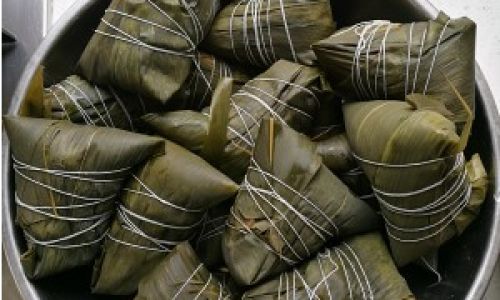
Steps
- Transfer Frozen Zongzi: Remove the dumplings from the freezer and place them in an airtight container or resealable plastic bag. This prevents cross-contamination and absorbs excess moisture.
- Refrigerate: Place the container on the middle shelf of your refrigerator. Avoid stacking heavy items on top to prevent deformation.
- Wait Patiently: Allow 12–24 hours for thawing, depending on the zongzi’s size. Smaller dumplings may thaw in 8–10 hours, while larger ones (e.g., those stuffed with meat) require the full 24 hours.
- Reheat Gently: Once thawed, steam the zongzi for 10–15 minutes to restore their stickiness and warmth.
Pros
- Minimizes bacterial risk.
- Preserves texture and flavor.
- Allows for flexible timing.
Cons
- Requires advance planning.
- Occupies refrigerator space.
Method 2: Cold Water Thawing (For Quick Results)
How It Works
Submerging frozen zongzi in cold water accelerates thawing by transferring heat through conduction. The water’s low temperature (below 70°F/21°C) still inhibits bacteria, but the process demands vigilance to avoid safety risks.
Steps
- Seal Tightly: Place the frozen zongzi in a leak-proof plastic bag. Press out excess air to prevent water from seeping in.
- Submerge in Water: Fill a large bowl or basin with cold tap water. Add the sealed zongzi, ensuring it’s fully submerged.
- Change Water Frequently: Replace the water every 30 minutes to maintain a safe temperature. This prevents the water from warming to the “danger zone” (40–140°F/4–60°C), where bacteria multiply rapidly.
- Monitor Time: Thawing typically takes 1–3 hours, depending on the zongzi’s size. Smaller dumplings may thaw in 45–60 minutes.
- Reheat Immediately: Once thawed, steam or boil the zongzi within 2 hours to ensure safety.
Pros
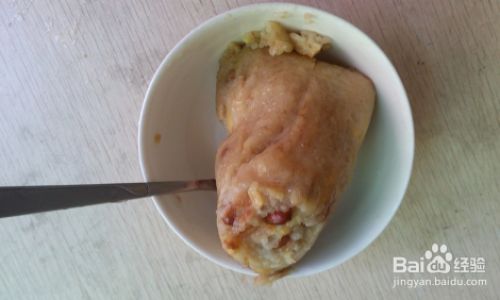
- Faster than refrigerator thawing.
- Suitable for last-minute meals.
Cons
- Requires constant attention.
- Risk of bacterial growth if not monitored.
Method 3: Microwave Defrosting (The Speed Demon)
How It Works
Microwaves use electromagnetic waves to generate heat, thawing food rapidly. However, this method can partially cook the zongzi’s edges while leaving the center frozen, risking uneven texture.
Steps
- Use a Microwave-Safe Dish: Place the frozen zongzi on a microwave-safe plate. Do not use plastic wrap, as it may melt.
- Select Defrost Mode: Set your microwave to the “defrost” or “low power” setting (usually 30% power).
- Thaw in Intervals: Microwave for 2–3 minutes, then flip the zongzi and repeat. Check every 2 minutes to prevent overcooking.
- Reheat Immediately: Once thawed, steam or boil the dumpling to ensure even heating.
Pros
- Fastest method (10–15 minutes total).
- Ideal for urgent cravings.
Cons
- High risk of uneven thawing.
- May dry out the zongzi’s texture.
Method 4: Cooking Without Thawing (The Lazy Chef’s Hack)
How It Works
Skip thawing entirely by cooking the zongzi directly from frozen. This method works best for steaming or boiling, as the gradual heat penetration ensures even cooking.
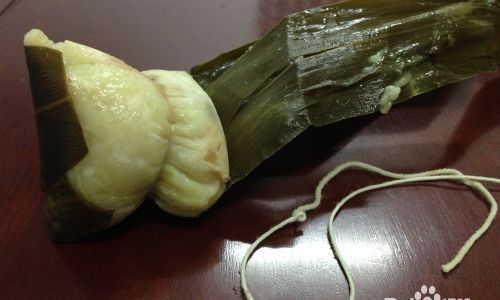
Steps
- Boiling: Place frozen zongzi in a pot of boiling water. Add 10–15 minutes to the usual cooking time (total: 25–30 minutes).
- Steaming: Arrange frozen zongzi in a steamer basket. Steam for 30–35 minutes, ensuring the water doesn’t evaporate.
- Check Doneness: Pierce the center with a fork; if the rice feels tender, it’s ready.
Pros
- Saves time and effort.
- Reduces bacterial risk (no thawing phase).
Cons
- Longer cooking time.
- Risk of overcooking the exterior if not monitored.
Common Mistakes to Avoid
- Thawing at Room Temperature: Leaving zongzi on the countertop invites bacterial growth, as the “danger zone” temperature accelerates pathogen multiplication.
- Using Hot Water: Submerging frozen zongzi in hot water may thaw the exterior quickly but leaves the center frozen, creating uneven texture.
- Refreezing Thawed Zongzi: Once thawed, zongzi should never be refrozen, as this degrades quality and safety.
- Overcrowding the Microwave: Stacking zongzi in the microwave leads to uneven thawing. Cook one or two at a time.
Reheating Techniques for Perfect Zongzi
Even after thawing, reheating is essential to restore the zongzi’s signature stickiness and warmth.
- Steaming: The gold standard. Use a bamboo steamer lined with parchment paper to prevent sticking. Steam for 10–15 minutes.
- Boiling: Submerge thawed zongzi in boiling water for 5–7 minutes. This method works well for dumplings with delicate fillings.
- Pan-Frying (For Crispy Texture): Slice thawed zongzi into pieces and pan-fry in a nonstick skillet with oil until golden.
Storage Guidelines for Frozen Zongzi
To maximize shelf life:
- Wrap Tightly: Use freezer-safe bags or airtight containers. Remove excess air to prevent freezer burn.
- Label and Date: Note the freezing date. Frozen zongzi lasts 3–6 months, though quality declines after 3 months.
- Avoid Refreezing: Once thawed, consume within 2 days.
The Science Behind Zongzi Texture
Zongzi’s sticky rice contains amylopectin, a starch molecule that gelatinizes when heated. Freezing disrupts this structure, causing moisture to escape and ice crystals to form. Proper thawing allows the starch molecules to reabsorb moisture, restoring the dumpling’s soft, chewy texture.
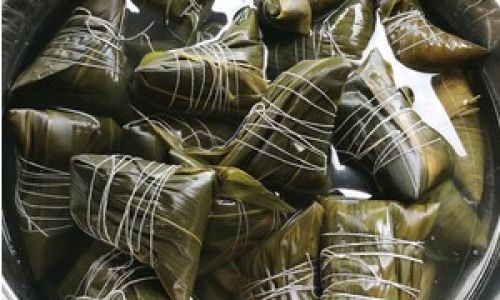
Cultural Context: Zongzi Through the Ages
Zongzi’s history dates back over 2,000 years to the Warring States period, when people tossed bamboo-wrapped rice into rivers to honor the poet Qu Yuan. Today, they symbolize unity and tradition, with regional variations reflecting local tastes—from Hokkien’s savory pork zongzi to Cantonese’s sweet lotus seed paste versions.
Conclusion
Defrosting frozen zongzi is an art that balances science, patience, and respect for tradition. Whether you opt for the slow-and-steady refrigerator method, the quick cold-water trick, or the microwave’s speed, the key is to prioritize safety and texture. By avoiding common pitfalls and reheating with care, you can savor these ancient dumplings in all their glory—sticky, aromatic, and steeped in culture. So the next time you unwrap a frozen zongzi, remember: a little TLC in thawing transforms a simple dumpling into a timeless delight.





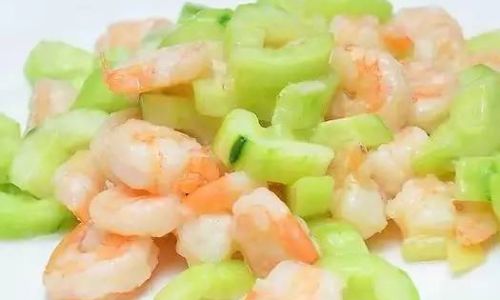
0 comments